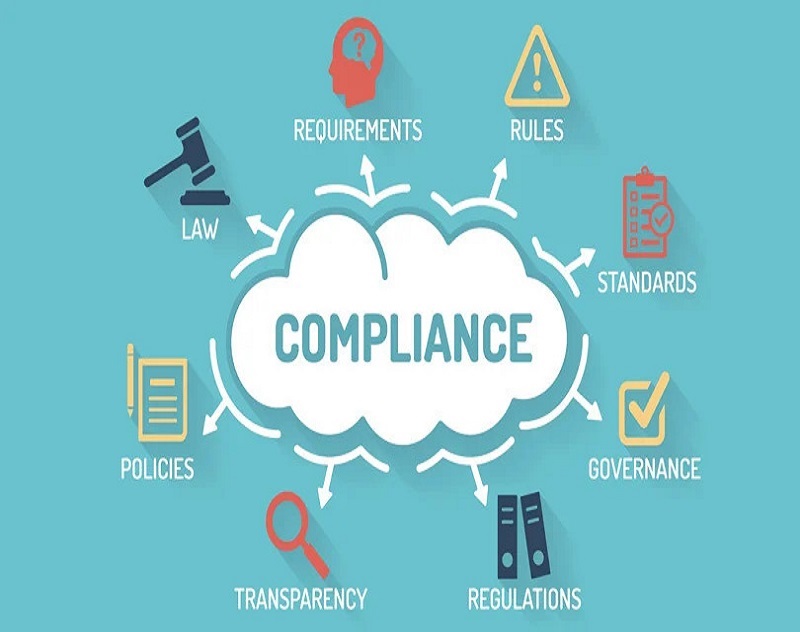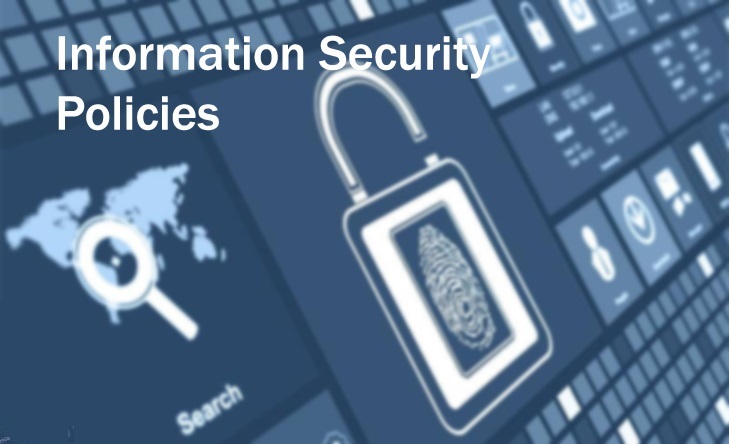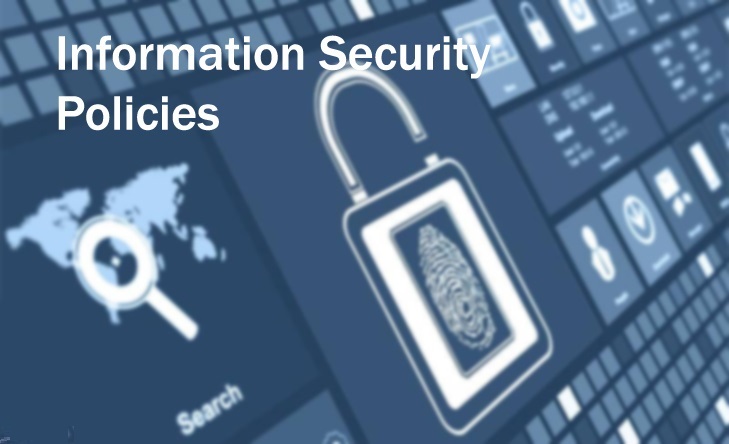In today’s digitally driven landscape, ensuring the integrity of sensitive data and fortifying defenses against cyber threats stand as top priorities for businesses across the spectrum. This imperative has given rise to the formulation and integration of information security policies and cybersecurity policies. But what precisely do these policies encompass, and how do they bolster the fortifications of a secure digital milieu? Let’s embark on an exploration of their fundamental tenets.

Understanding Information Security Policy and Cybersecurity Policy:
Information Security Policy: An information security policy constitutes a compendium of directives and protocols meticulously crafted to uphold the confidentiality, integrity, and accessibility of an organization’s informational assets. It serves as a scaffold for identifying, evaluating, and mitigating security vulnerabilities.
Cybersecurity Policy: Zooming in on the digital realm, cyber security policies protects digital assets against an array of cyber perils, encompassing hacking endeavors, malware incursions, phishing schemes, and assorted malevolent activities. It delineates frameworks for preempting, detecting, and counteracting cyber intrusions.
The Core Components of Information Security Policy:
Purpose and Scope: Articulate the objectives and reach of the policy, delineating the categories of information encompassed and assigning responsibility to pertinent individuals or departments for adherence.

Roles and Responsibilities: Enumerate the duties and obligations of employees, managers, and IT personnel in safeguarding sensitive data, elucidating their roles in fortifying the security infrastructure.
Security Controls: Elaborate on the security protocols and measures slated for implementation, spanning access controls, encryption methodologies, authentication mechanisms, and routine security audits.
Incident Response Procedures: Codify the protocols governing responses to security breaches, encompassing reporting channels, containment strategies, forensic scrutiny, and communication protocols.
Compliance and Enforcement: Specify the repercussions of non-compliance with the policy, encompassing disciplinary measures and legal ramifications, while also addressing regulatory mandates pertinent to the organization’s sector.
Exemplars of Cybersecurity Policies:
Acceptable Use Policy: Demarcates permissible and impermissible uses of company IT resources, encompassing internet utilization, email correspondence, and software installations.
Data Protection Policy: Lays down protocols for the handling and safeguarding of sensitive data, encompassing data categorization, encryption standards, and data retention guidelines.
Network Security Policy: Delimits measures for fortifying the organization’s network infrastructure, spanning firewall configurations, intrusion detection systems, and wireless security protocols.
BYOD (Bring Your Own Device) Policy: Establishes guidelines for employees leveraging personal devices for professional pursuits, including security requisites, device registration procedures, and remote data wipe capabilities.
Employee Training and Awareness Policy: Accentuates the significance of cultivating security awareness among employees, incorporating mandatory training sessions, phishing simulations, and sustained educational initiatives.


















